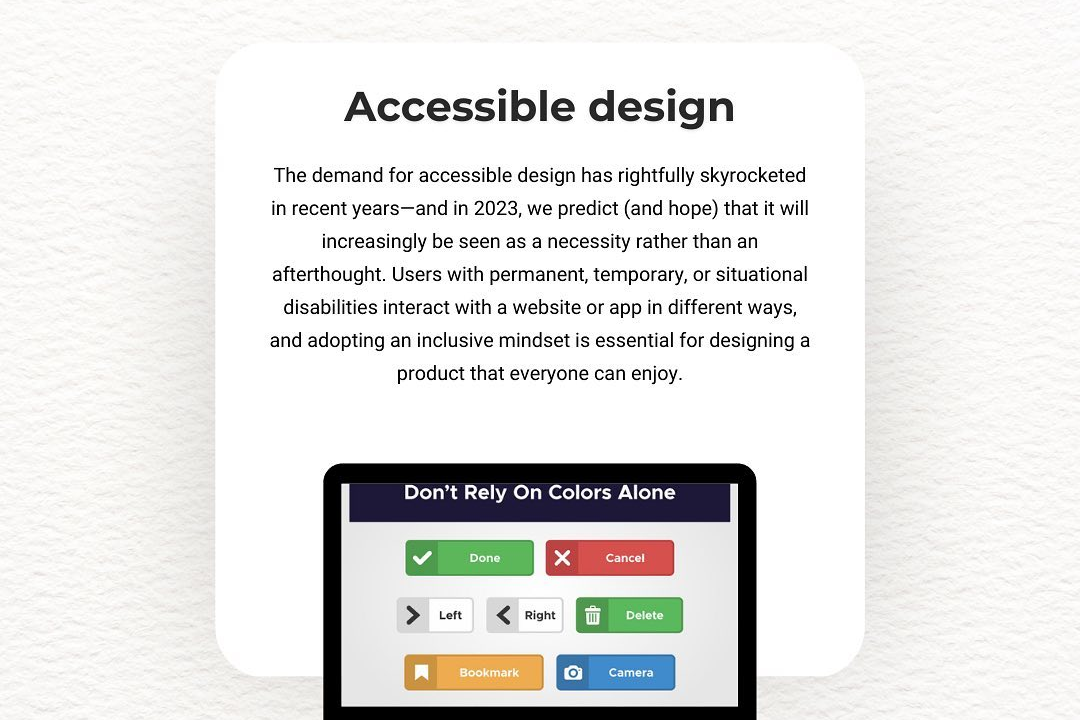Spring Integration
Integrating Spring Framework for Enhanced Application Development
Spring Integration
Spring Integration is an extension of the Spring framework that facilitates the development of enterprise integration patterns by providing a simple model for building message-driven architectures. It enables the integration of various systems and applications through messaging, allowing them to communicate and interact in a decoupled manner. Built around the concept of channels, endpoints, and transformers, Spring Integration provides components like message channels, service activators, gateways, and routers, which help in routing, transforming, and processing messages. It supports various messaging protocols and APIs, making it easy to connect to different external systems such as databases, message brokers, and web services, thereby promoting a modular and scalable approach to building complex system integrations.
To Download Our Brochure: https://www.justacademy.co/download-brochure-for-free
Message us for more information: +91 9987184296
1 - Introduction to Spring Integration: An overview of what Spring Integration is, its purpose, and its role in enterprise application integration and message driven systems.
2) Architecture Overview: Discuss the architecture of Spring Integration, including key components like channels, message endpoints, and service activators.
3) Message Abstraction: Explain the concept of messaging and how Spring Integration uses messages to encapsulate data being transferred between components.
4) Pipes and Filters Pattern: Introduce the pipes and filters design pattern, illustrating how it fits into Spring Integration for processing data streams.
5) Integration Patterns: Review the various Enterprise Integration Patterns (EIP) recognized by Spring Integration, such as splitters, aggregators, and routers.
6) Channels: Explain different types of channels (direct, queue, publish subscribe) and how they facilitate communication between components.
7) Adapters: Discuss how Spring Integration provides adapters for various external systems, such as JMS, HTTP, FTP, and others for seamless data exchange.
8) Service Activators: Define service activators and their role in processing messages by invoking business services or application logic.
9) Message Transformation: Explain how Spring Integration supports message transformation using transformers and formatters to convert messages to desired formats.
10) Error Handling: Discuss error handling mechanisms in Spring Integration, including error channels and how to implement recovery strategies.
11) Testing Spring Integration Applications: Provide techniques and best practices for testing Spring Integration applications using JUnit and TestContext.
12) Integration with Spring Boot: Explain how to simplify the configuration of Spring Integration using Spring Boot and its auto configuration features.
13) Using Spring Integration DSL: Introduce the Domain Specific Language (DSL) for Spring Integration, which simplifies the creation of integration flows.
14) Security in Spring Integration: Discuss how to implement security within Spring Integration applications, covering authentication and authorization.
15) Performance Considerations: Cover tips, techniques, and best practices for optimizing performance in Spring Integration, including thread management and error handling.
16) Monitoring and Management: Introduce management features such as Spring Integration monitoring capabilities through Spring Boot Actuator and custom metrics.
17) Real world Use Cases: Present various real world scenarios where Spring Integration is effectively used, including cases in messaging, data processing, and microservices.
18) Hands on Workshop: Offer practical sessions where students can build their own Spring Integration applications, implement integration patterns, and test their setups.
19) Resources and Community Support: Provide students with additional resources, such as documentation, forums, and open source projects to encourage continuous learning.
20) Capstone Project: Assign a capstone project where students can build a comprehensive Spring Integration application that incorporates a range of learned concepts and tools.
This structured outline can serve as a guide for developing an engaging and educational training program on Spring Integration for students, equipping them with both theoretical knowledge and practical skills.
Browse our course links : https://www.justacademy.co/all-courses
To Join our FREE DEMO Session: Click Here
Contact Us for more info:
- Message us on Whatsapp: +91 9987184296
- Email id: info@justacademy.co
python training institute new delhi delhi












